Features
Essential Boating Safety Tips for Captains and Wakeboarders
By Skier's Choice Marketing/ November 26, 2024
SHARE
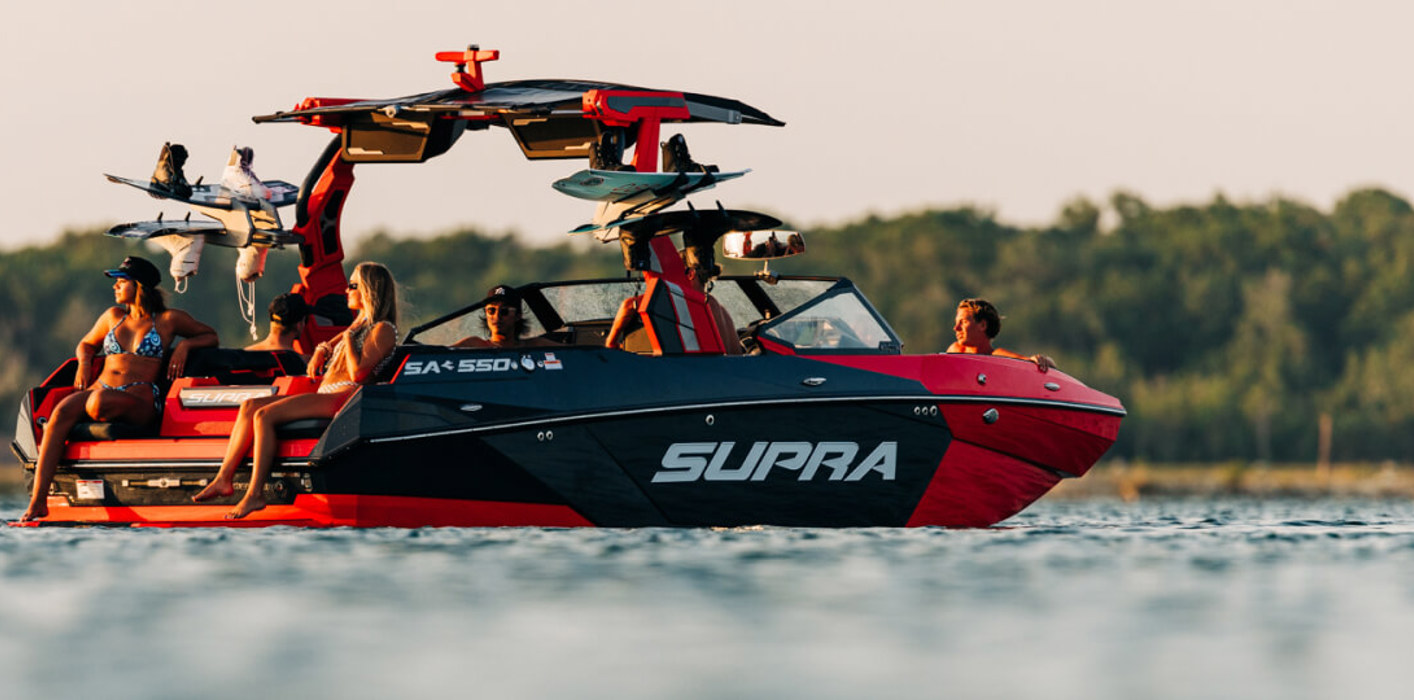
Safe boating is a top priority for Supra boats. It’s crucial for both captains and wakeboarders to ensure a fun and accident-free experience on the water. It’s not just about having the right skills—effective communication, proper preparation, and using the right gear all play key roles. Whether you're behind the wheel or riding the wake, following essential safety practices can prevent accidents and make every trip an enjoyable one.
This guide covers everything you need to know about boating safety to keep everyone on board safe.
Enhance your boating experience with tools and features designed for convenience and safety. Download the Supra Boats App to stay connected and informed.
BOATING SAFETY: THE IMPORTANCE OF COMMUNICATION ON THE WATER
CLEAR COMMUNICATION REDUCES RISKS
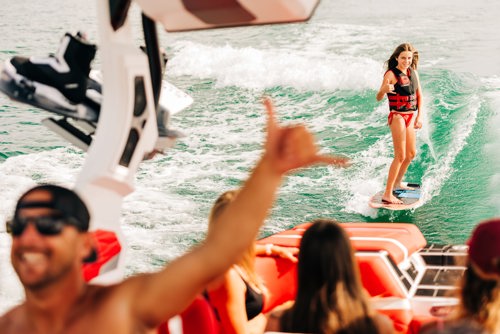
In 2023, the U.S. Coast Guard reported 3,844 recreational boating incidents, leading to 564 deaths and 2,126 injuries. Many of these accidents were caused by operator inattention or improper lookout, which can be mitigated with clear and effective communication. Proper coordination between the boat captain and passengers is vital to avoiding potential hazards.
Here are actionable steps to enhance communication:
-
Establish Hand Signals: Set up universal signals for actions like speeding up, slowing down, or stopping.
-
Use Verbal Cues: When possible, use pre-arranged verbal signals.
-
Maintain Eye Contact: Keep visual contact to ensure instructions are understood during noisy conditions.
ENHANCING TEAMWORK AND COORDINATION
Effective communication fosters teamwork and coordination among all passengers and crew members.
When everyone is aware of their roles and responsibilities, it leads to smoother operations on the water.
Regular check-ins and discussions about intentions—like planned maneuvers or changes in speed—help everyone stay informed and engaged.
BUILDING TRUST AND CONFIDENCE
Strong communication builds trust and confidence among boaters. When captains and passengers communicate openly, it creates a supportive environment where everyone feels comfortable expressing concerns or asking questions.
This trust is crucial during emergencies, where quick decisions need to be made.
ESSENTIAL SAFETY GEAR: BEYOND LIFE JACKETS
LIFE JACKETS SAVE LIVES
Life jackets are a must on the water, but their use remains inconsistent. In 2023, the average life jacket wear rate across all boats was just 22.3%, a small increase from previous years, highlighting a slow but steady shift towards safer practices.
When excluding personal watercraft (PWCs), the wear rate drops to 17.6%, showing that many boaters still overlook this critical safety measure despite its proven impact on survival rates.
While progress has been made since the study began in 1999, there’s still a long way to go in making life jacket use a universal habit. Safety gear goes beyond just life jackets, but wearing one is a simple step that drastically improves your odds in an emergency.
ADDITIONAL MUST-HAVE SAFETY GEAR
-
Engine Cut-Off Switches: These devices immediately shut down the boat’s engine if the driver is ejected or thrown away from the helm, preventing runaway boats and reducing the risk of propeller injuries.
-
Carbon Monoxide Detectors: Carbon monoxide is an invisible killer on boats. Detectors can alert you to dangerous levels before it’s too late.
-
First Aid Kits: A well-stocked first aid kit should be on every boat, equipped to handle minor injuries to more serious emergencies.
GEAR CHECKLIST FOR EVERY OUTING
-
Regularly inspect life jackets.
-
Ensure safety gear is accessible.
-
Check expiration dates on flares and fire extinguishers.
-
Review navigation equipment.
-
Inspect fire extinguishers.
-
Check battery levels.
-
Prepare emergency communication devices.
BOATING UNDER THE INFLUENCE (BUI): A MAJOR SAFETY HAZARD
Operating a boat under the influence of alcohol is not just illegal—it’s the leading factor in fatal boating accidents. According to the same report by the U.S. Coast Guard, alcohol accounted for 79 deaths, representing 17% of all boating fatalities, underscoring the critical need for sober boating.
Impaired judgment and slower reaction times can turn a day on the water into a dangerous situation in seconds. To stay safe, always designate a sober skipper, keep non-alcoholic drinks available, and commit to boating sober to protect everyone on board.
SAFETY TIPS FOR WAKEBOARDERS AND WAKE SURFERS
Wakeboarding and wake surfing come with their own set of risks, including falls, collisions, and equipment malfunctions. Safety gear, such as helmets and impact vests, can reduce these risks significantly.
Wakeboarder Safety Best Practices
-
Use a Spotter: Have someone in the boat to watch the rider.
-
Know Your Surroundings: Be aware of boats and obstacles.
-
Maintain Distance: Stay clear of other boats and swimmers.
-
Start Slowly: Begin at low speeds and increase gradually.
-
Signal Before Starting: Communicate clearly with the driver.
-
Know When to Stop: Take breaks if you're tired or uncomfortable.
Stay Safe on the Water
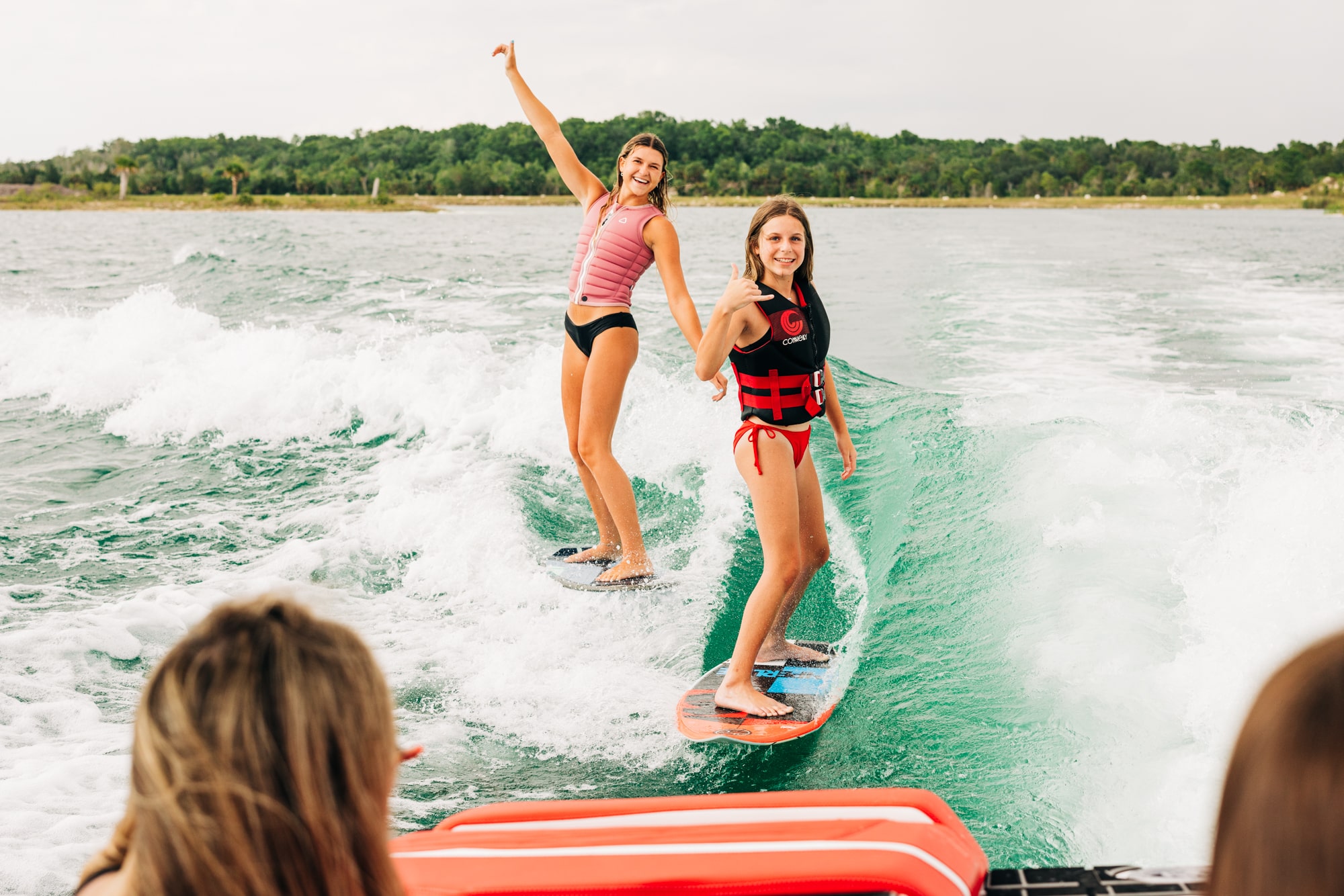
Safe boating is a top priority for Supra boats, and it’s everyone’s responsibility. From effective communication and proper safety gear to making smart decisions about alcohol, each measure plays a vital role in preventing accidents.
For boat drivers, wakeboarders, and wake surfers alike, following these guidelines ensures a safer, more enjoyable experience. Remember, the water is a place of freedom and adventure, but it demands respect and preparation. Stay safe, communicate clearly, and make every outing a memorable one.
SHARE

About Author
Skier's Choice Marketing
Skier's Choice Marketing Team
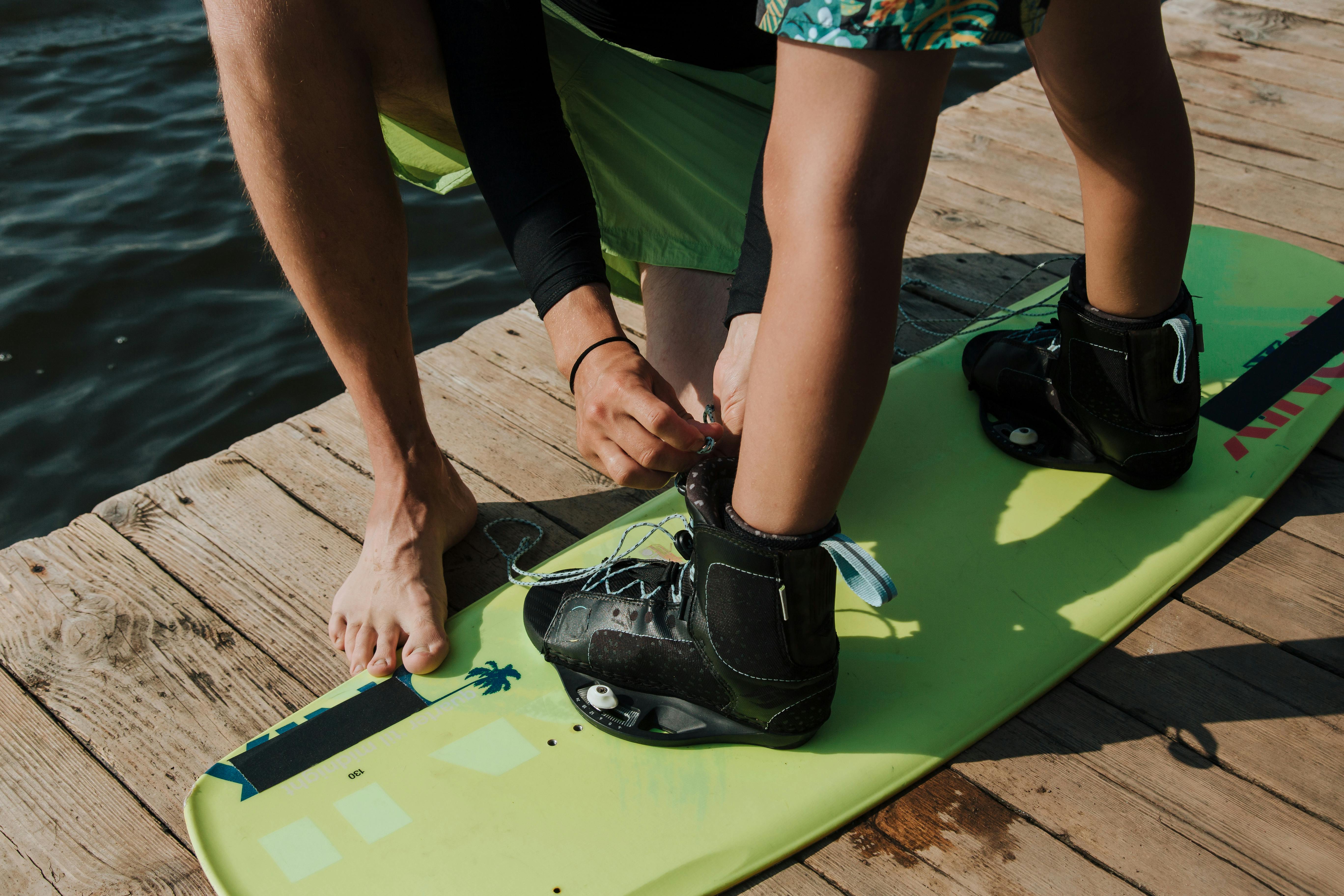
Wakeboard Stance Essentials: How to Position Yourself
Your stance on a wakeboard lays the foundation for every ride, whether it’s your first time on the water or you’re perfecting that next big trick. From finding the right balance and stance width to adjusting your bindings, positioning yourself well enhances control, stability, and comfort. This guide covers essential tips and insights to help you master your wakeboard stance and make the most of your Supra wakeboarding experience.
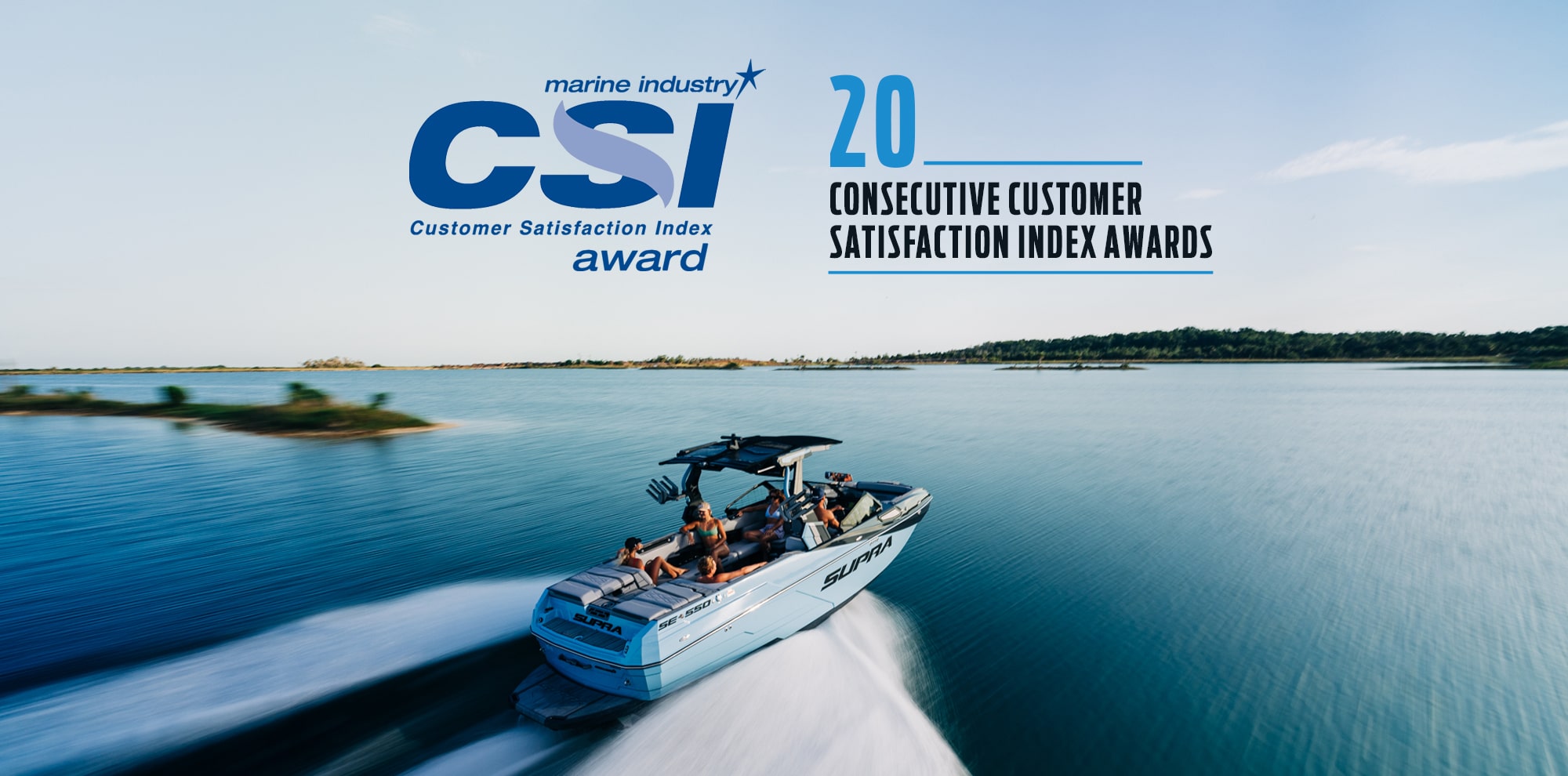
Supra Boats Receives Prestigious CSI Award for 20th Consecutive Year – Setting the Standard for Customer Satisfaction
Supra Boats has once again set the standard for excellence, earning its 20th consecutive Marine Industry CSI Award. With two decades of superior customer satisfaction, precision craftsmanship, and innovation, Supra continues to redefine performance in the boating industry.
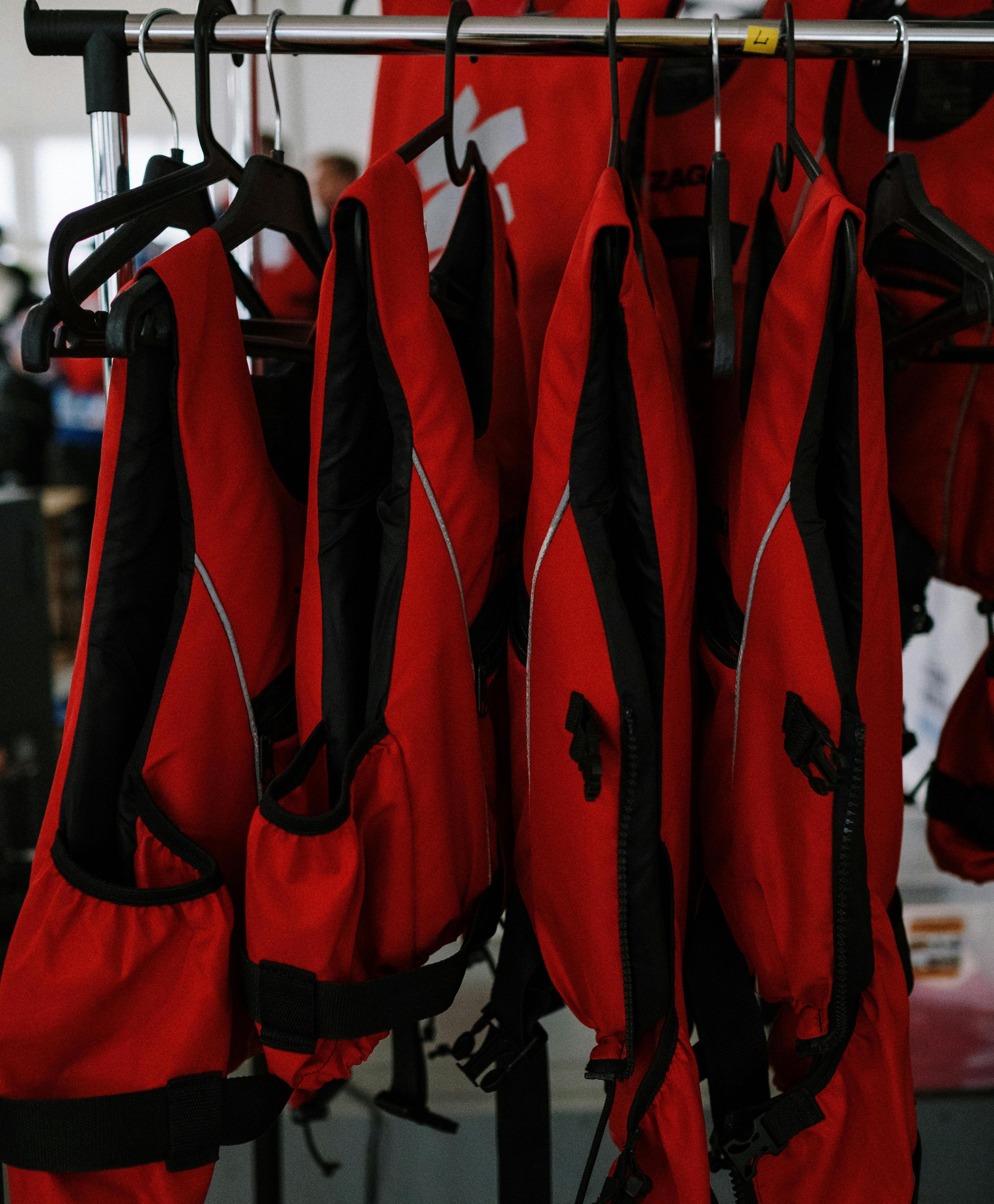
Safety Gear Every Wakesurfer Should Have
Wakesurfing combines the thrill of endless waves with the freedom of open water. At Supra, safety is the foundation of every extraordinary ride. With the right gear, you’ll not only stay protected but also enhance your performance and experience. Let’s dive into the must-have safety essentials for every wakesurfer and how Supra supports a secure and enjoyable time behind the boat.
